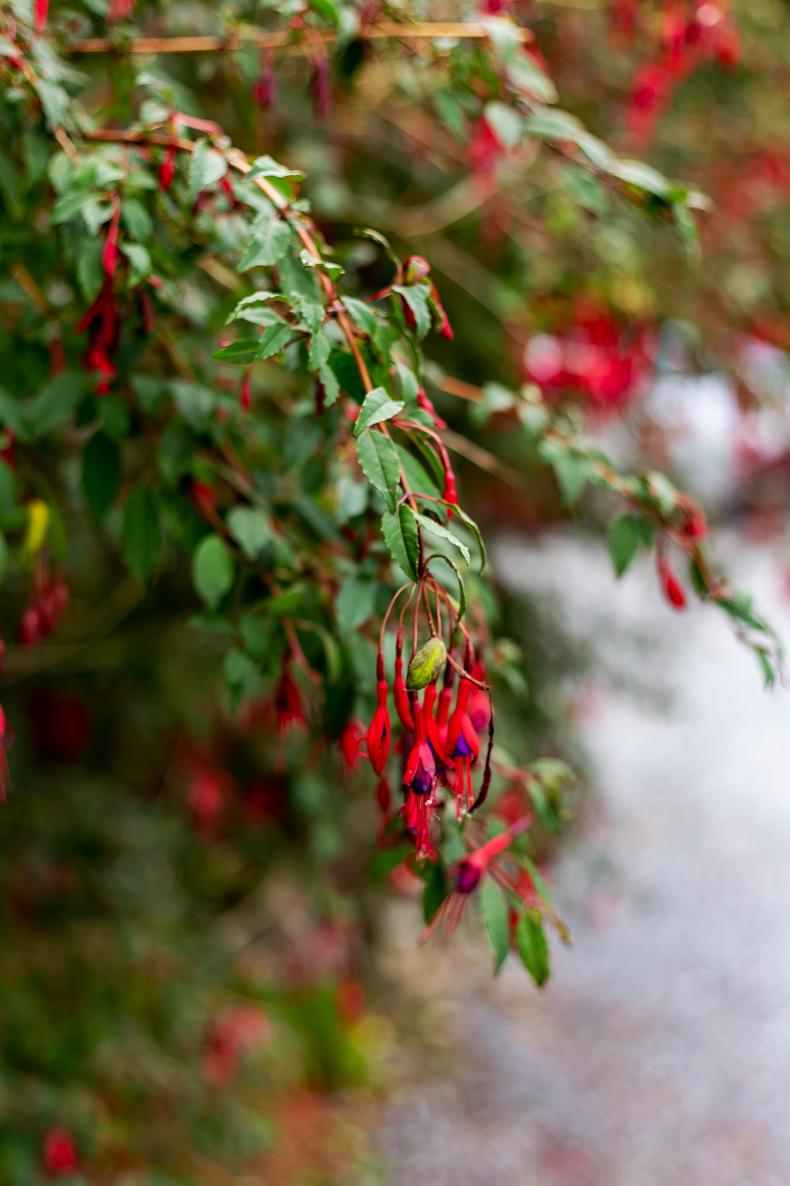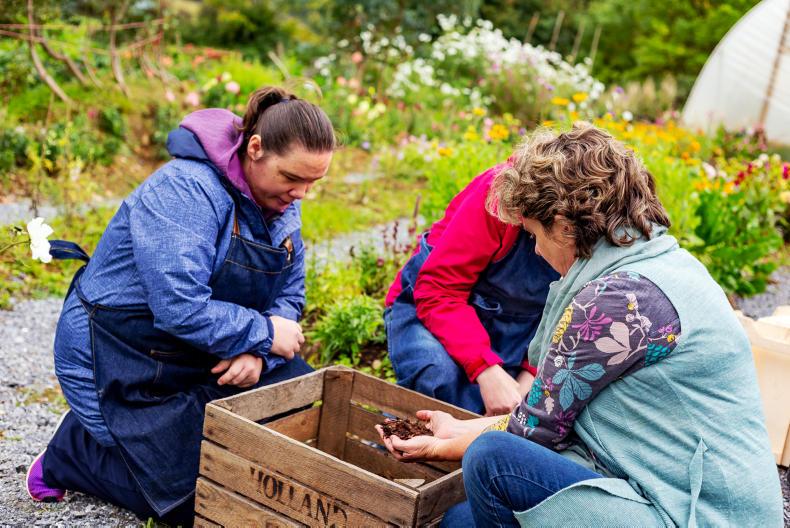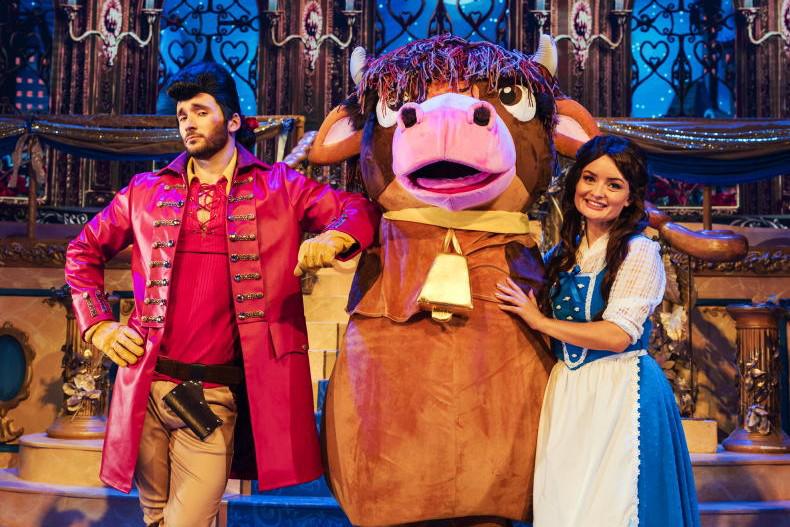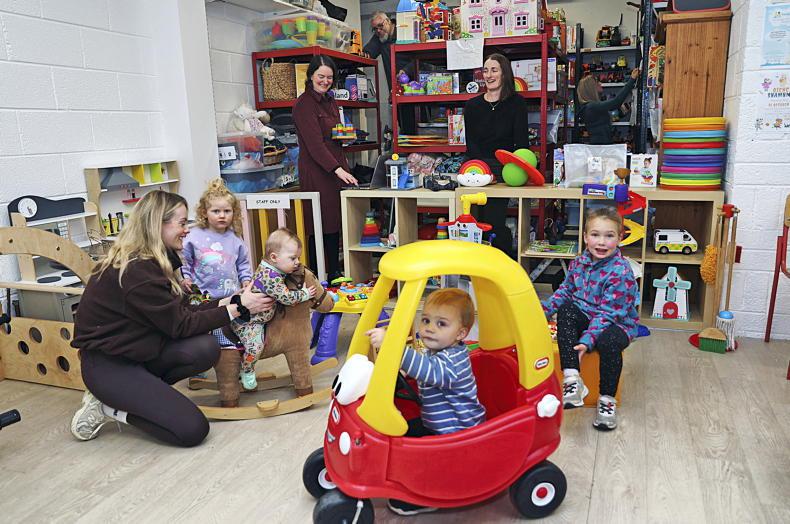Now is a great time to plant a native hedgerow in your school garden. Hedgerows have been used for a number of purposes down through the years: a boundary, protection from livestock and to create shelter.
The main reason to plant a hedgerow in a school garden is to provide a wildlife habitat. It can also be used as a school boundary and as a shelter belt for your fruit and vegetable gardens.
The choice of species to plant in a school garden will generally contain the non-thorny species. Try to select native species adapted to our Irish conditions that will have the added benefit of encouraging more wildlife into the school garden. It is wise to observe the plants that tend to thrive in your own specific area to achieve best results. Try to use as large a variety of species as you can to maximise animal food supply throughout the year.
A hedgerow can be thought of as a mini woodland and planting is one of the best ways of encouraging biodiversity into your school garden.
Hedgerows are teeming with life as they form natural corridors. They will provide an array of nuts and berries for all the little birds, mammals and other little creatures to live and feed in. Over half our birds use hedgerows during the breeding season.
In a school garden, it is probably best to allow shrubs to comprise the main body of the hedgerow. Use varieties such as hazel, spindle, elder, guilder-rose and naturalised varieties like hornbeam, beech, rowan and willow. If you decide to include thorny varieties, add in white thorn, black thorn, gorse and holly.
As a flower lover, I would recommend including lilac, fuchsia and climbers like honeysuckle and dog rose. Brambles will automatically colonise at the very first chance they get and will earn their place by providing fruit. If your garden is large enough, try to include some native trees such as crab apple, wild cherry, oak, ash, alder (especially in wetter gardens) within the hedgerow. These should not be topped at any stage during the routine hedge trimming. Avoid trees that will cast too much shade on lower-growing shrubs as this will hinder their growth.
Planting a hedgerow will also help children to become aware of the importance of protecting our older hedgerows, which are part of our heritage.

Fuschia in a native hedgerow. \ Ciara O'Donnell
You will need
Plants.Manure/compost.String.Bamboo canes.Tools. Labels.Organic material for mulching. Plastic. 
Whitethorn in a native hedgerow. \ Ciara O'Donnell
1 Decide where you want to grow your plants, taking the prevailing wind into account and mark this area out using bamboo canes and string. Measuring spacing for plants, you can dig out a trench or dig out individual planting holes.
2 Add in some well-rolled farmyard manure or some compost. Place your plant in the hole. Cover with soil, making sure to firm in the soil with your feet. It is important to mulch the plants while they establish. Use whatever is easier to find in your area. Seaweed is excellent as it gives the plants a good feed, but any other organic materials such as grass clippings or bark mulch will be fine. A sheet of black plastic once weighed down properly will also suffice.
3 Aim to clip the plants to 30cm high and remember not to clip the trees you want to grow taller. Allow a grassy strip to grow once the hedgerow is established as this will encourage more wildlife into the hedgerow.
4 Planting a hedgerow is ideal for a group project and like most garden activities, is suitable for all ages and abilities with older students to help the younger kids.
5 Before long, you will have a bird watching club in your school and games can include how many blackbirds can you see? Who can hear the song thrush? Who will be the first to spot the friendly robin? The possibilities are endless.

Maura Sheehy. \ Ciara O'Donnell Photography
Maura Sheehy is a flower farmer and florist who runs Maura’s Cottage Flowers near Tralee, Co Kerry. Maura specialises in growing and supplying natural and unique arrangements for weddings, funerals, special occasions and for local businesses, as well as running regular flower-arranging classes at her studio and school garden projects. For further information, call 087 061 2622 or visit Maura's Cottage Flowers.
Read more
The outdoor classroom: Creating a tree nursery
School Garden Series:What to plant before the summer holidays
Now is a great time to plant a native hedgerow in your school garden. Hedgerows have been used for a number of purposes down through the years: a boundary, protection from livestock and to create shelter.
The main reason to plant a hedgerow in a school garden is to provide a wildlife habitat. It can also be used as a school boundary and as a shelter belt for your fruit and vegetable gardens.
The choice of species to plant in a school garden will generally contain the non-thorny species. Try to select native species adapted to our Irish conditions that will have the added benefit of encouraging more wildlife into the school garden. It is wise to observe the plants that tend to thrive in your own specific area to achieve best results. Try to use as large a variety of species as you can to maximise animal food supply throughout the year.
A hedgerow can be thought of as a mini woodland and planting is one of the best ways of encouraging biodiversity into your school garden.
Hedgerows are teeming with life as they form natural corridors. They will provide an array of nuts and berries for all the little birds, mammals and other little creatures to live and feed in. Over half our birds use hedgerows during the breeding season.
In a school garden, it is probably best to allow shrubs to comprise the main body of the hedgerow. Use varieties such as hazel, spindle, elder, guilder-rose and naturalised varieties like hornbeam, beech, rowan and willow. If you decide to include thorny varieties, add in white thorn, black thorn, gorse and holly.
As a flower lover, I would recommend including lilac, fuchsia and climbers like honeysuckle and dog rose. Brambles will automatically colonise at the very first chance they get and will earn their place by providing fruit. If your garden is large enough, try to include some native trees such as crab apple, wild cherry, oak, ash, alder (especially in wetter gardens) within the hedgerow. These should not be topped at any stage during the routine hedge trimming. Avoid trees that will cast too much shade on lower-growing shrubs as this will hinder their growth.
Planting a hedgerow will also help children to become aware of the importance of protecting our older hedgerows, which are part of our heritage.

Fuschia in a native hedgerow. \ Ciara O'Donnell
You will need
Plants.Manure/compost.String.Bamboo canes.Tools. Labels.Organic material for mulching. Plastic. 
Whitethorn in a native hedgerow. \ Ciara O'Donnell
1 Decide where you want to grow your plants, taking the prevailing wind into account and mark this area out using bamboo canes and string. Measuring spacing for plants, you can dig out a trench or dig out individual planting holes.
2 Add in some well-rolled farmyard manure or some compost. Place your plant in the hole. Cover with soil, making sure to firm in the soil with your feet. It is important to mulch the plants while they establish. Use whatever is easier to find in your area. Seaweed is excellent as it gives the plants a good feed, but any other organic materials such as grass clippings or bark mulch will be fine. A sheet of black plastic once weighed down properly will also suffice.
3 Aim to clip the plants to 30cm high and remember not to clip the trees you want to grow taller. Allow a grassy strip to grow once the hedgerow is established as this will encourage more wildlife into the hedgerow.
4 Planting a hedgerow is ideal for a group project and like most garden activities, is suitable for all ages and abilities with older students to help the younger kids.
5 Before long, you will have a bird watching club in your school and games can include how many blackbirds can you see? Who can hear the song thrush? Who will be the first to spot the friendly robin? The possibilities are endless.

Maura Sheehy. \ Ciara O'Donnell Photography
Maura Sheehy is a flower farmer and florist who runs Maura’s Cottage Flowers near Tralee, Co Kerry. Maura specialises in growing and supplying natural and unique arrangements for weddings, funerals, special occasions and for local businesses, as well as running regular flower-arranging classes at her studio and school garden projects. For further information, call 087 061 2622 or visit Maura's Cottage Flowers.
Read more
The outdoor classroom: Creating a tree nursery
School Garden Series:What to plant before the summer holidays












SHARING OPTIONS